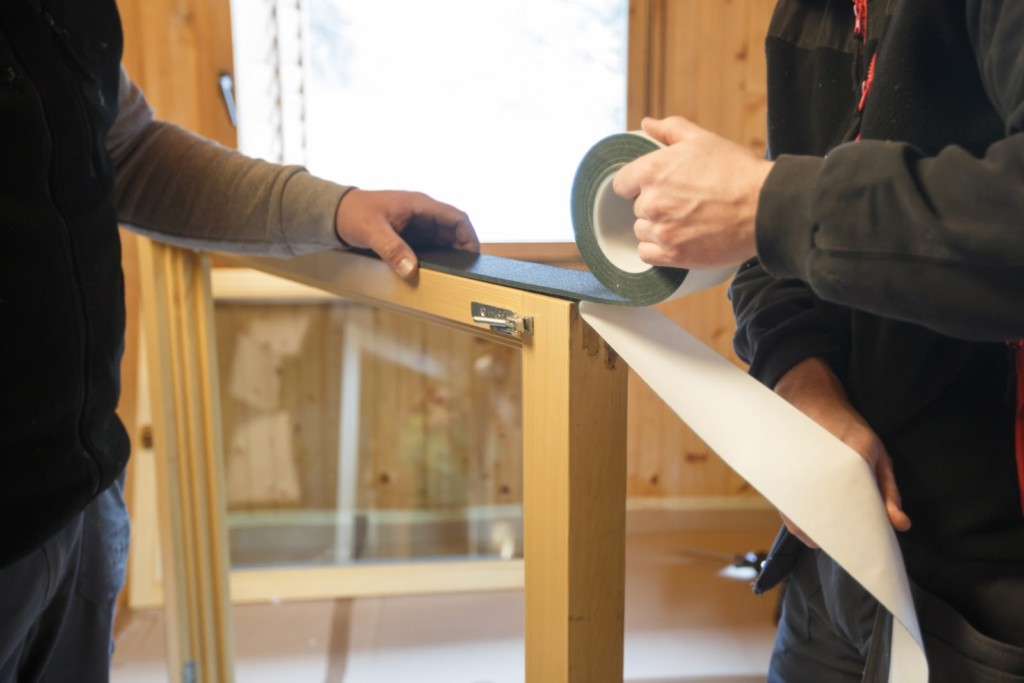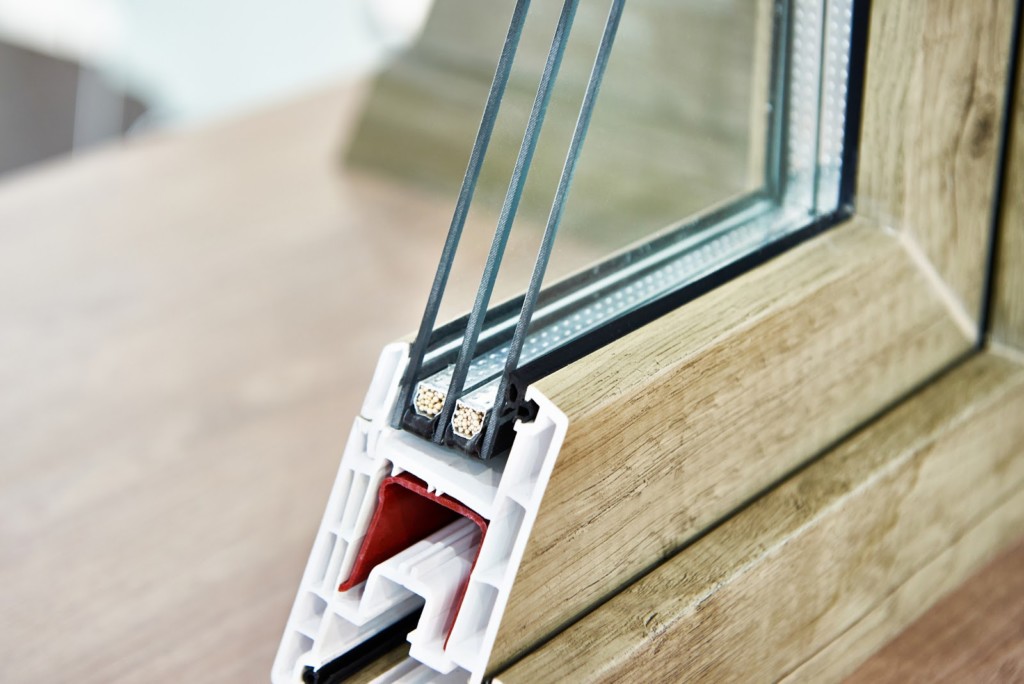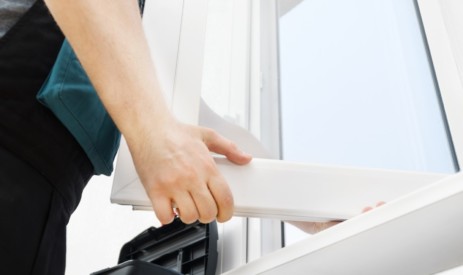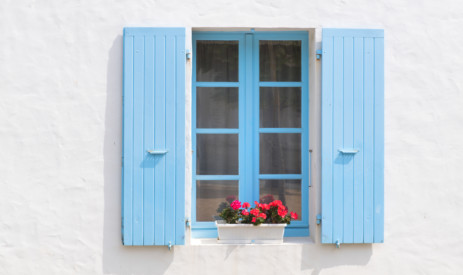Eco Windows – What Are The Options For Your House?
Long gone are the days when an eco-friendly house was limited to the family down the street who had a couple of solar panels fixed awkwardly on their roof. Today, properties that are eco-friendly to the core are ever gaining in popularity.
No pane, no gain
It’s not just the benefit of a reduced carbon footprint that attracts people to energy-efficient windows — their high levels of energy efficiency can drive down household costs for consumers too. Energy Saving Trust estimates that up to 20% of a home’s heat loss is down to windows and doors.
Some of the other benefits of eco windows include:
- Heat loss can be reduced through windows, resulting in more pleasant conditions with fewer draughts and cold spots
- Quieter living conditions, as your home is insulated against noise from outside
- Less condensation, because energy efficient glazing reduces the build up of water on the inside of windows. These days, you can get triple glazing for ultimate insulation

Which windows are the most energy efficient?
In basic terms, the most energy efficient windows are those that are triple glazed, but there are lots of other factors that contribute to a window’s ability to make a home more eco-friendly. These include things like special coatings on the windows, including a low-E (low-emissivity) coating which is applied to the inner-most surface of the window and helps to deflect heat back into the home. Other factors include the types of frames used around the window, with materials like PVC being seen as a poorer option due to the fact they can crack easily and let out heat. Opting for hardwood or treated softwood is by far the greener option, and using insulation between them and the inner and outer frames is also key.
When it comes to determining the most energy efficient windows for your home, start by asking yourself – and your installation specialist – these three questions:
- How well do they stop heat from passing through?
- How much sunlight travels through the glass?
- How little air can leak in or out around the windows?
The British Fenestration Rating Council (BFRC) is the UK body in charge of the rating system for modern windows, and such windows come with a declaratory energy label.
The minimum rating for a window to be considered for being part of an eco-home is ‘C’ (with ‘A’ being the most energy efficient score). This is the level which Energy Saving Trust estimates as having a payback time period of five or six years.
Window labels to keep an eye out for include:
- The rating level (as above)
- The energy rating
- The U-value, showing the insulation value of the window
- The effective heat loss as a result of air penetrations

How else can I live in a more eco-friendly house?
There are a number of ways you can live in a more eco-friendly house. Here are 11 top tips to think about:
- Investing in LED light bulbs, which is one of the cheapest ways to create a greener home. They can be stylish in their own right too
- Minimising the use of artificial lighting by making the most of natural light sources – opt for high-reflectance surfaces that reflect daylight deep into a room
- Understanding that the most energy efficient type of glass for double glazing is low emissivity (Low-E) glass – although it’s normal for homes today to have double-glazing, you could look into triple-glazing your home, installing secondary glazing or simply by installing heavier curtains
- Considering the sustainability of different types of frames for your energy efficient windows – forget old-school PVC, and instead choose a responsibly-sourced hardwood or a treated softwood
- Investing in better insulation is also worth considering when building an eco-friendly property – this works wonders for keeping your home cool in the hotter months, and warmer during the winter
- Installing water saving fixtures, such as low-flow taps or aerators that can reduce tap-water usage – the biggest water-users in the home are washing machines, showers, taps and toilets
- Choosing green building materials, for example use sheep’s wool, or wood fibre – such materials can be reused and recycled and are fully biodegradable
- Shop around for a green energy tariff which uses natural resources – in October, renewable energy sources provided more electricity to UK homes and businesses than fossil fuels for the first time ever
- Trying to be creative with the placement of lots of sun-facing solar panels on your roof; with any kinds of installations like these, just make sure you first check with your local planning office that you’re okay to make any changes – you may not if you live in a conservation area or in a listed building
- Growing your own vegetables is another sure-fire way to cut down your carbon footprint and have a more eco-friendly dwelling – even if you’re lacking in outdoor space, you can utilise a windowsill to brighten up your view while offering space for herbs and sustainable vegetable produce
- Finally, try to ensure any household products you use have been created using environmentally friendly materials
Making your home more environmentally friendly is a great way to both cut down on your energy spending and do your bit for the planet. Eco friendly windows are undoubtedly one of the best and most efficient ways to do this – but there’s no reason to stop there. Remember, when it comes to the future of our environment, every little helps!
Double glazed replacement
It’s often possible to replace the panes of double glazed windows without replacing the outer or inner frames. They can be ordered as single units to be fitted into the frames, whether you’re upgrading from single glazed or replacing fogged double glazing. Remember, double glazing is a sealed unit with a vacuum or inert gas in the gap. If there’s condensation between the panes, the sealing has failed and it won’t be as efficient as a fresh one. It’s relatively inexpensive to fix, however. Use professionals or do it yourself – just make sure your measurements are accurate.
Related articles
Copyright © 2000-2025 Rightmove Group Limited. All rights reserved. Rightmove prohibits the scraping of its content. You can find further details here.


